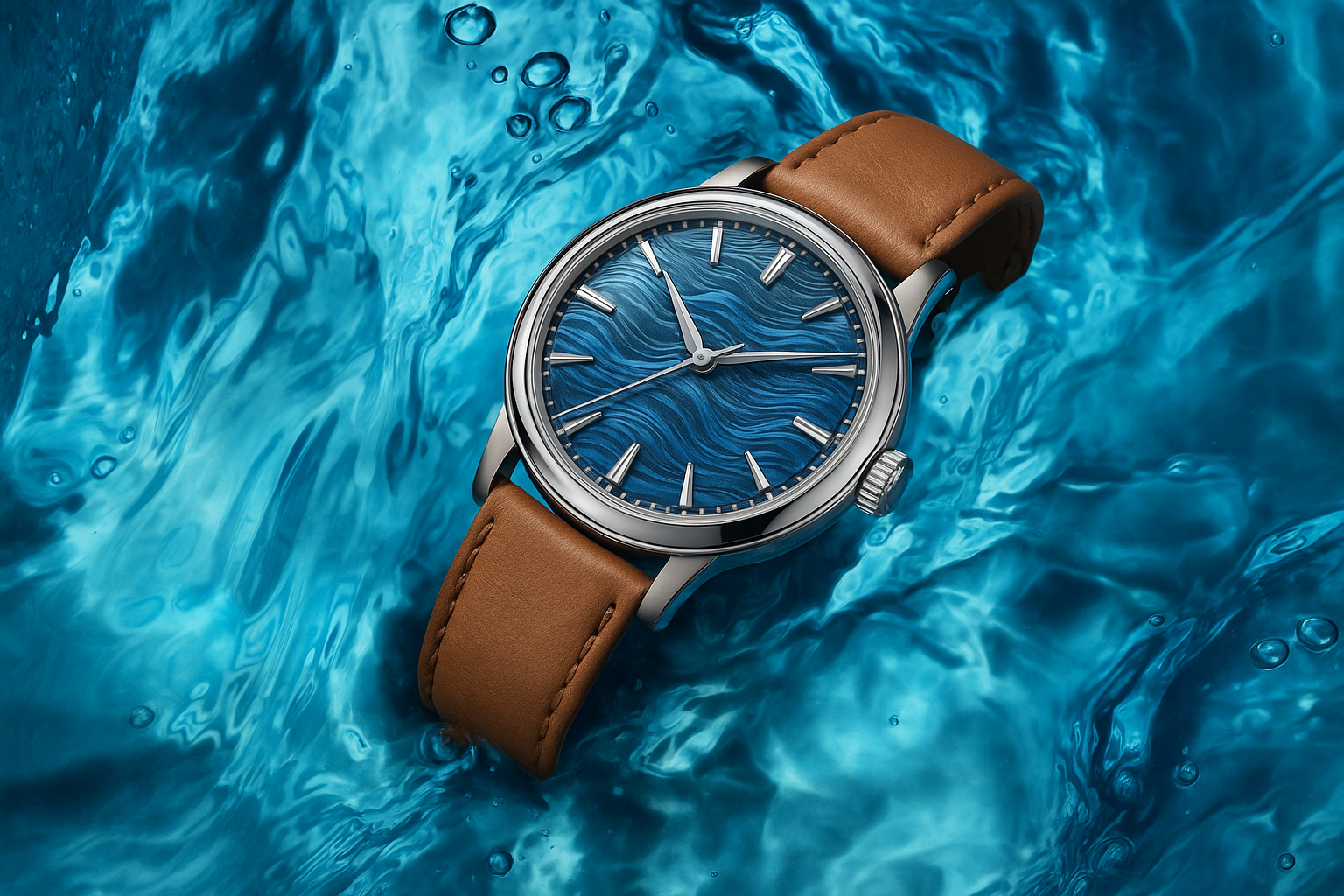Your cart is currently empty!
About us

Rpaige watches are conceived, designed and produced by Rpaige Watch Co. Richard Paige is a 4th generation watchmaker, who founded several high profile watch stores in California. His signature store was Paris 1925, in San Francisco.
Richard was the founder and owner of TimeZone.com, which is considered the world’s most popular website for watch enthusiasts.
During his tenure at TimeZone.com, Richard launched an online watch repair school. Also, Richard conceived and produced 4 other limited edition watches, all sold out, and marketed exclusively on TimeZone.com.
Richard has designed and produced furniture, jewelry, glassware, and art, all in the Art Deco theme and sold exclusively through retail stores.
The Rpaige watch company is headquartered in Honolulu, Hawaii.
Antique and Vintage movements

The limited edition Rpaige Wrocket watch is a play on words. The watch uses an antique/vintage “12 size” (39.78mm) American pocket watch movement made by either Elgin of Illinois, or Waltham of Massachusetts.
The Wrocket model comes from the joining of two technologies….the wristwatch and pocket watch…The wrist-pocket = the Wrocket watch. The 12 size pocket watch movements measures 39.78 mm, a perfect size for a modern oversize wristwatch.
The 12 size movements were produced mainly between 1897 and around 1929, after these dates, the wristwatch gained market acceptance and popularity, and the movements were then manufactured much smaller to fit into wristwatch cases. Although the movements in these limited edition watches were produced between 1899 and 1929, it does not mean that they have “old technology”.
The basic design of the mechanical wristwatch has not changed since the late 1800’s. In fact, the materials and workmanship used on these movements is far superior than most brand name watches.
